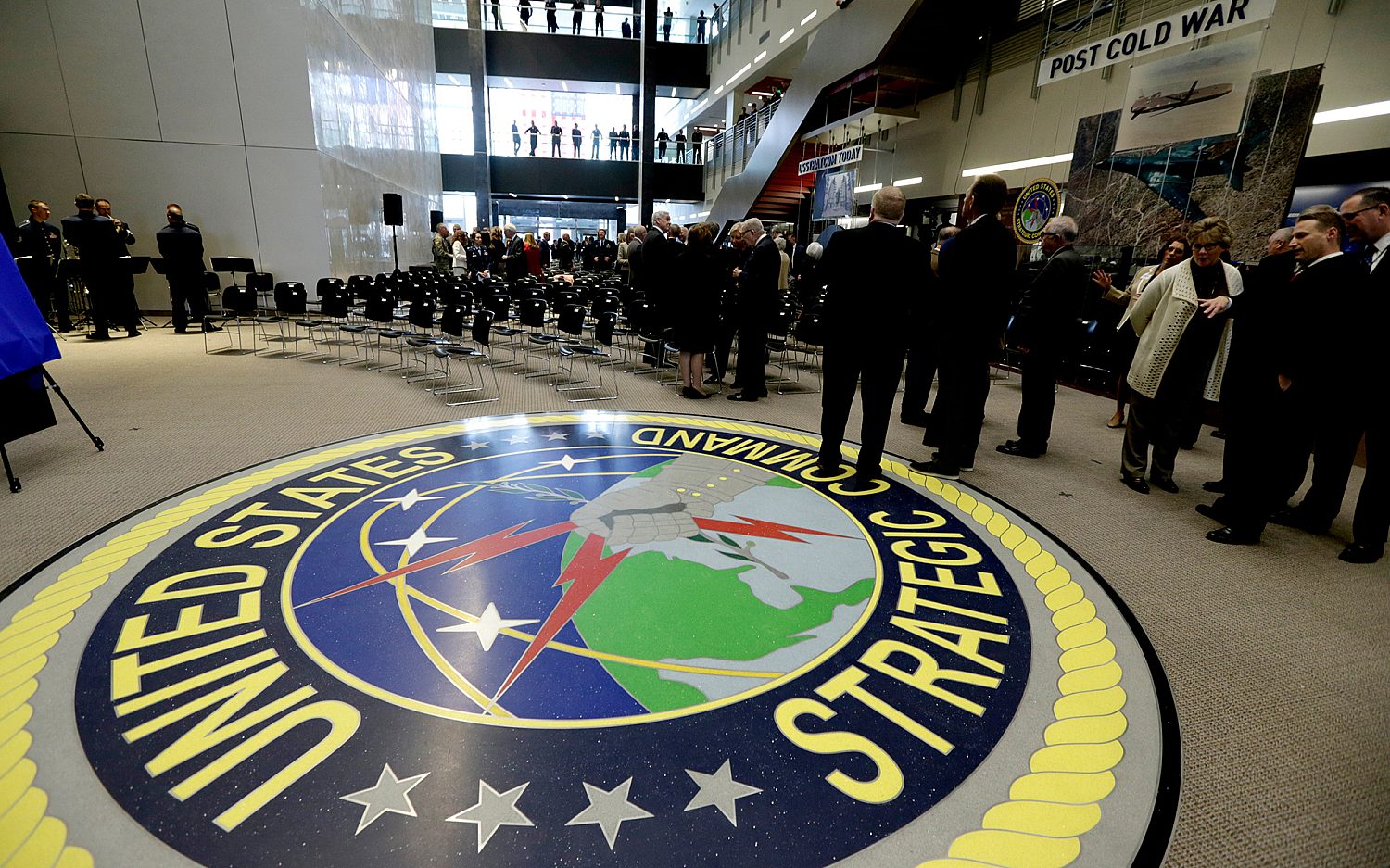Bonding with the unborn
Science provides momentum in the fight to end abortions
Carolyn Cline calls it “our God machine.”
The director of the Downtown Dallas Pregnancy Center is referring to the group’s latest ultrasound machine. Cline recently saw a father come in with his 17-year-old pregnant daughter. He arrived believing abortion was the best option. But after seeing the ultrasound and hearing the unborn baby’s heartbeat, tears ran down the man’s cheeks.
“There’s my grandchild,” he said. Then he turned to his daughter and said, “We are going to do this together.”
Few things have done more for the pro-life movement than the ultrasound. The development of 3-D and 4-D images now allow glimpses of babies inside the womb that are so clear they can compel a future grandfather to cry.
“It brings truth and reality into the room,” Cline said. “I’m so excited that science has caught up with the Bible.”
Places like the Pregnancy Crisis Center of Wichita, Kan., which sees 140 clients each month, now have high-definition, big-screen televisions mounted on the wall facing exam tables. At the 10-day Nebraska state fair, Nebraska Right to Life sets up a big screen television that displays 4-D videos of babies in the womb 12 hours a day.
Ultrasounds are not alone in providing a boost to the pro-life cause. Medical advances, such as neonatal and in-utero surgery, are giving pro-life lawmakers new legislative avenues to pursue. States are passing bills outlawing abortions at 20 weeks because medical science has proven that babies at that stage can feel pain. In 1973, when the U.S. Supreme Court ruled on Roe v. Wade, options for treating a sick baby in-utero were limited, but doctors today can perform surgery and provide both medicine and anesthesiology.
“OBGYNs always knew and were told that the unborn child was the second patient,” said Donna Harrison, the executive director of the American Association of Pro Life Obstetricians and Gynecologists. “But on the other hand you have very powerful pro-abortion forces saying that there is no reason why we shouldn’t terminate the pregnancy.”
Harrison said because of these two positions there are sometimes cases where doctors are trying to save a 23-week pregnancy in one room while abortionists are taking the life of a 23-week-old unborn baby in another room.
But David Gittrich, the state development director for Kansans for Life, said “we are not going to lose any ground in this fight due to technology.”
The abortion industry agrees. During an international conference in 2007, the industry identified ultrasounds as one of the main obstacles to the growth of abortion because, according to Harrison, “it turns the mind of the mother to the human state of the unborn baby.”
A hot topic in the abortion fight is the issue of ultrasound viewing requirements. In Wisconsin last year, lawmakers approved a law requiring hospital admitting privileges and ultrasound viewing 24 hours prior to the abortion. A judge has temporarily blocked its enforcement. A total of 19 states have considered ultrasound requirements. Abortion advocates argue that an ultrasound before an abortion is unnecessary and call ultrasound viewing laws “medical rape.”
But for West Virginia resident Chelsea Svenson, seeing her baby on the ultrasound helped her establish a relationship with her child. “There is an emotional disconnect when it is so little initially because you can’t really feel your baby,” Svenson said. “Then you’re listening to the baby’s heartbeat, and it is so loud and fast, and you think that it is amazing that something so tiny can have a soul. It is pretty indescribable.”
The weight of truth may continue to provide the pro-life movement with momentum, but the war is far from won. Abortion advocates such as Planned Parenthood are also using technology.
Webcam abortions are opening a new frontier for abortionists. To counteract the closure of abortion facilities, Planned Parenthood is launching pilot programs to supervise medical abortions remotely. At satellite facilities, a woman sees an abortionist by webcam. After they talk, the abortionist presses a button at his location that releases a locked drawer holding abortion drugs at the woman’s location. He then instructs her to take the first abortion pill while he watches on screen.
Pro-life groups want to quell this tactic before it takes off by requiring that the abortionist be present for all procedures. Legislators from at least 11 states addressed chemical and webcam abortions last year after numerous reports of dangerous abortions in hotel rooms involving webcams and the drug RU486. Seven states enacted laws requiring a physician to personally administer the drug, and in Missouri, to have a follow-up appointment soon after.
Alissa Robertson contributed to this story.
An actual newsletter worth subscribing to instead of just a collection of links. —Adam
Sign up to receive The Sift email newsletter each weekday morning for the latest headlines from WORLD’s breaking news team.





Please wait while we load the latest comments...
Comments
Please register, subscribe, or log in to comment on this article.